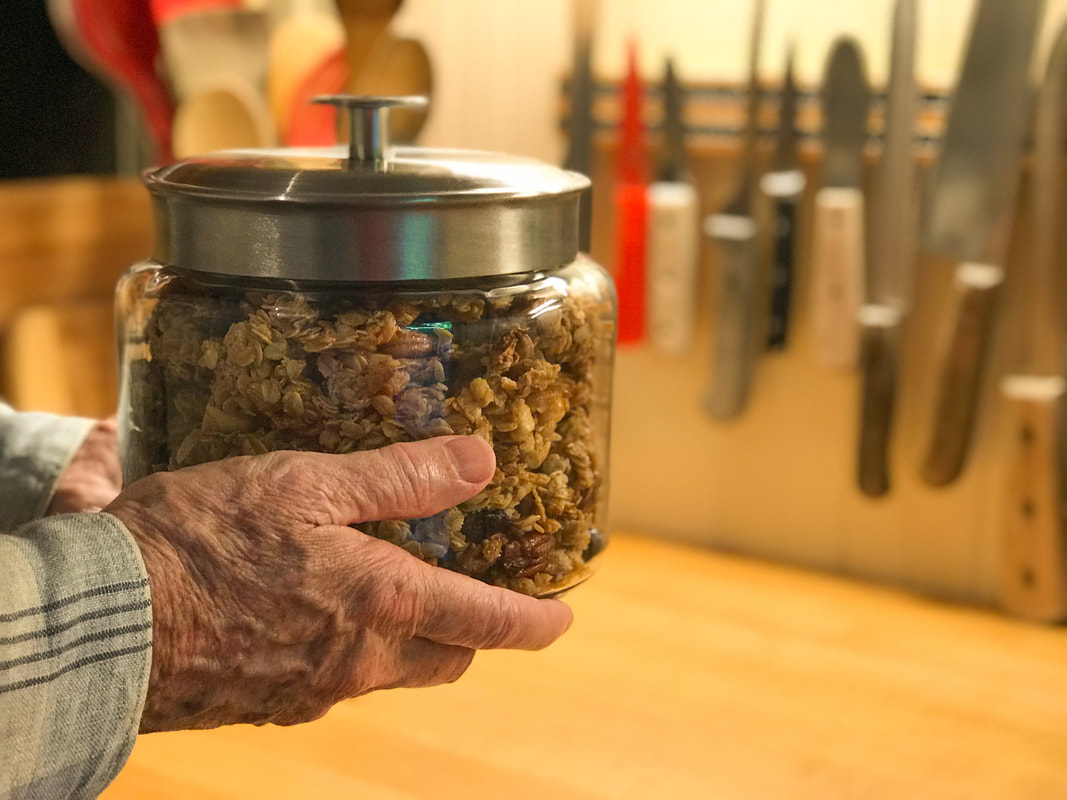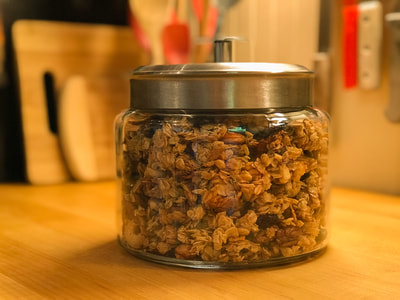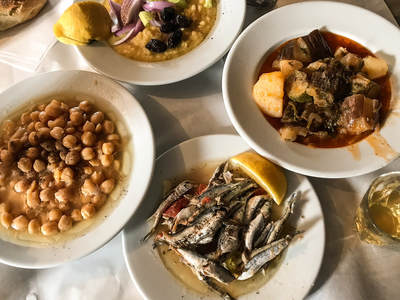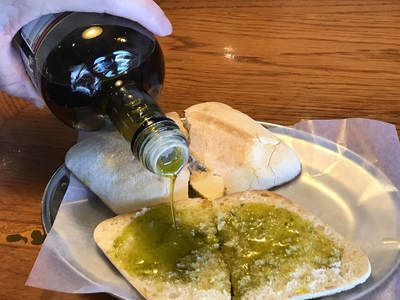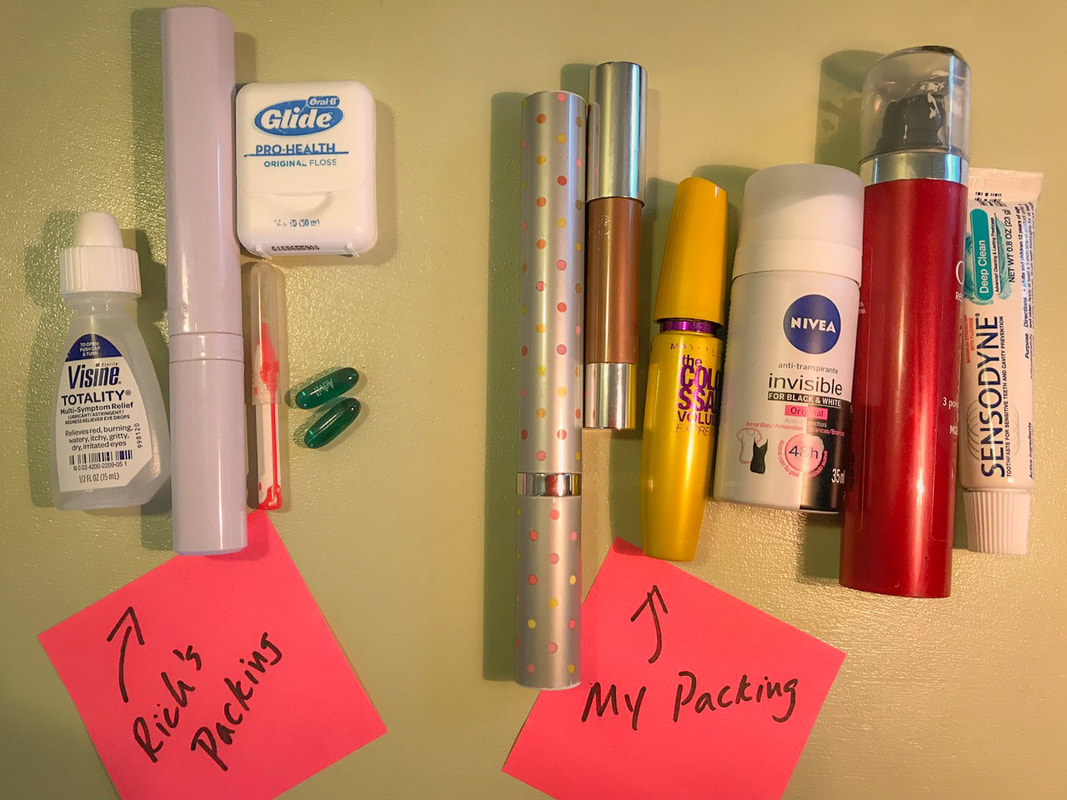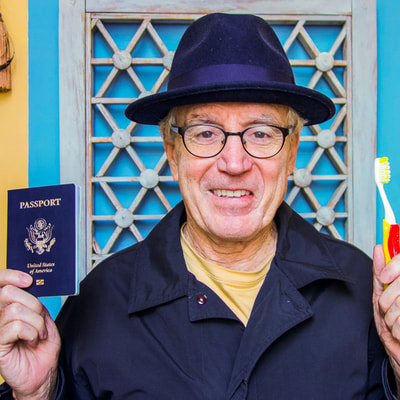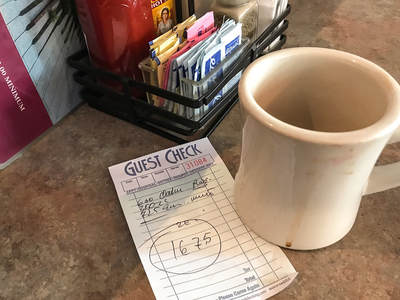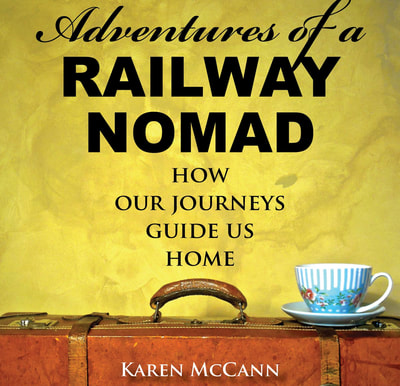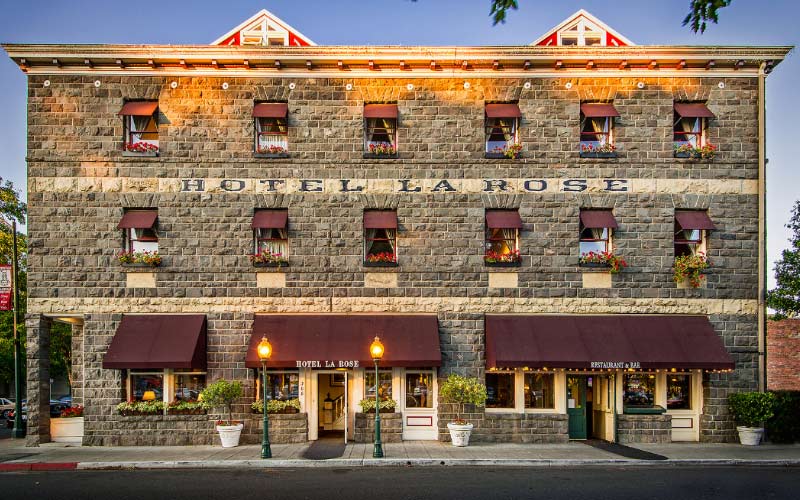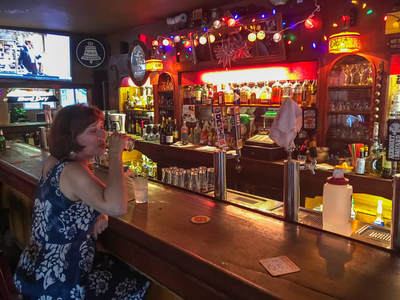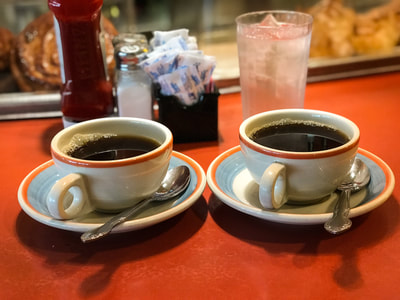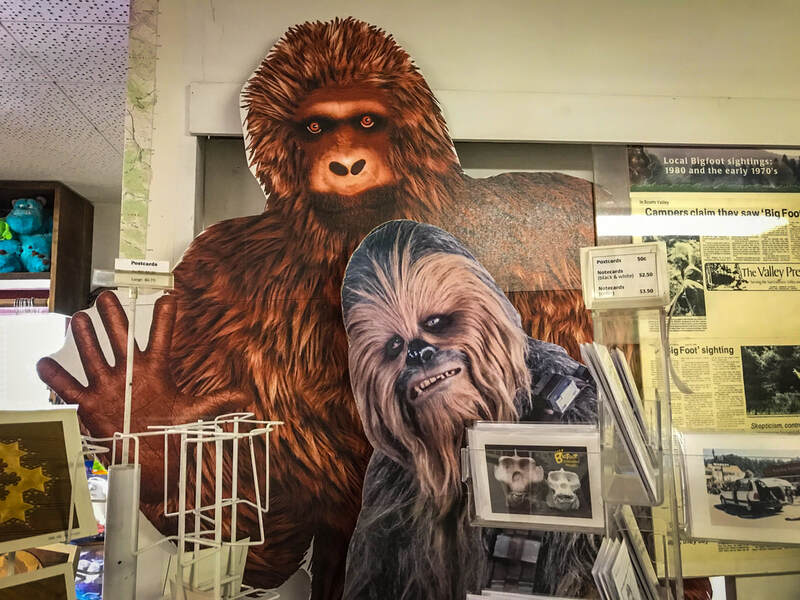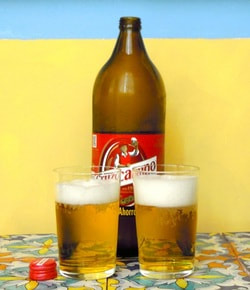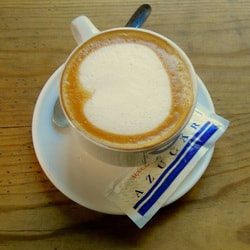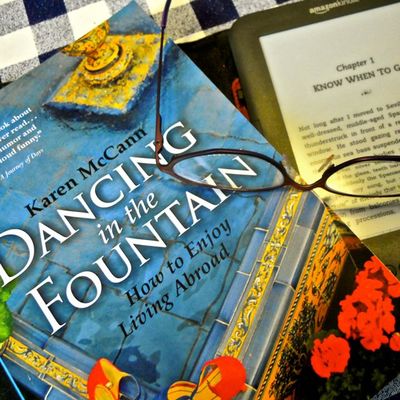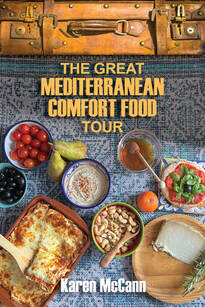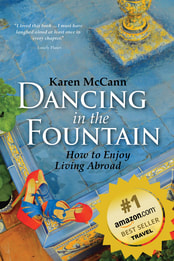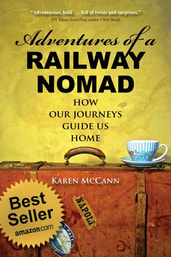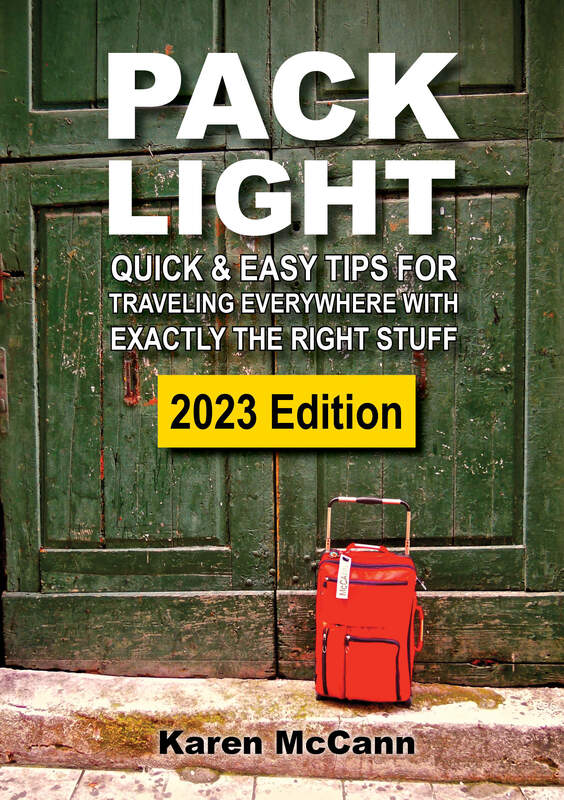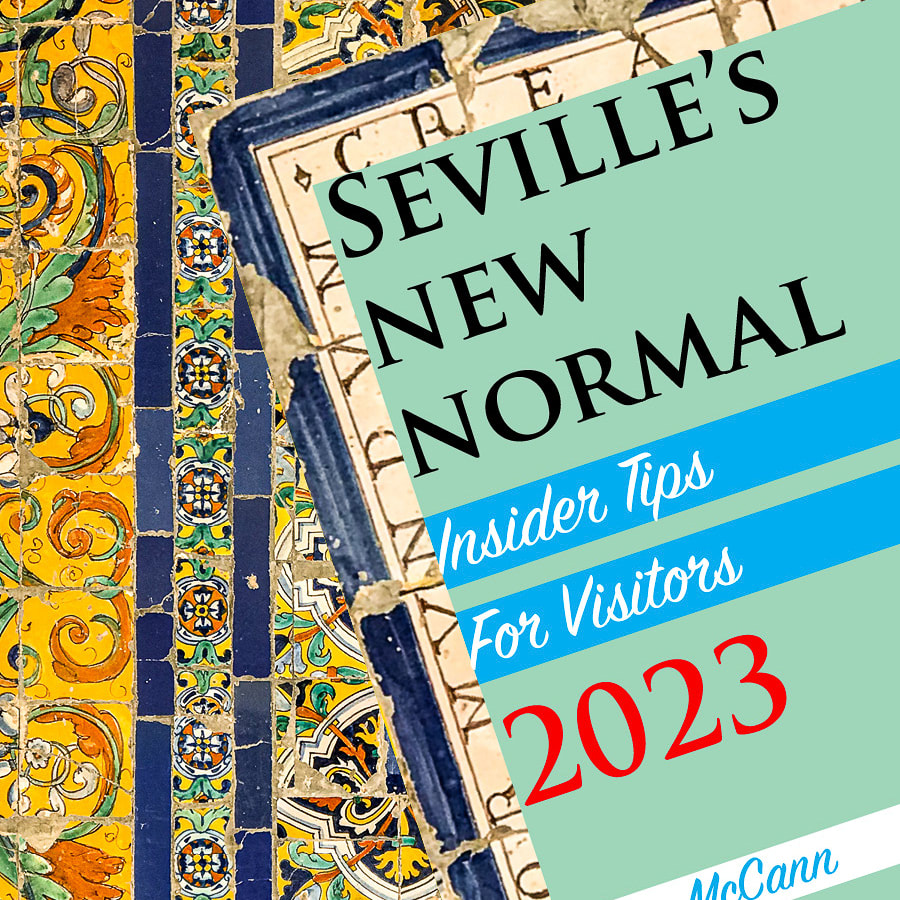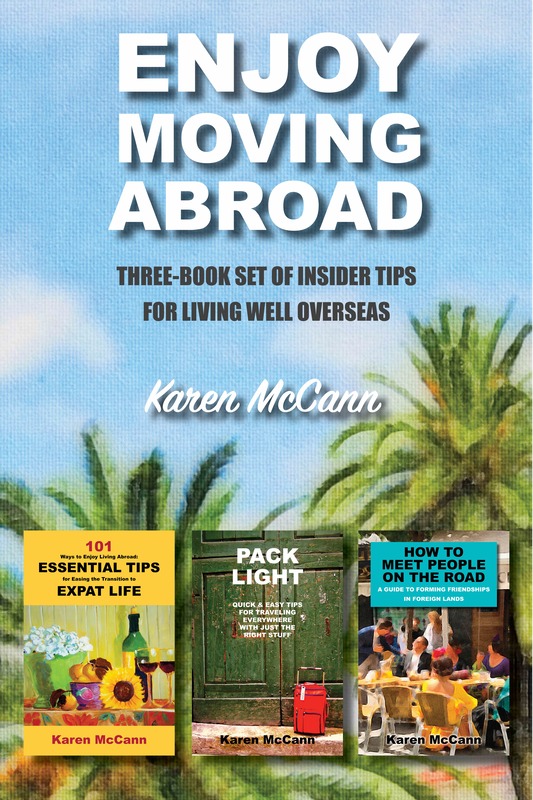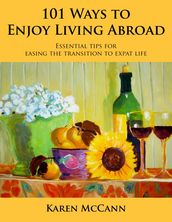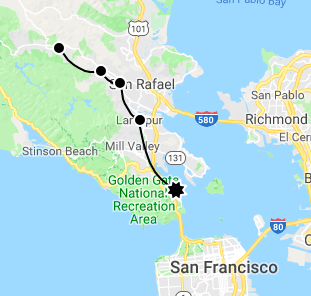 The Crunchy Granola Spectrum The Crunchy Granola Spectrum “San Anselmo?” a friend said, when I mentioned we keep a cottage there for summers in the US. “Where’s that on the crunchy granola spectrum?” Here in quirky Marin County, just north of San Francisco’s Golden Gate Bridge, the further you are from the city, the less mainstream and more offbeat your town is likely to be; locally this is known as being crunchier on the granola spectrum. When it comes to measuring cultural outliers, granola is the perfect benchmark. It was first developed by wild-eyed health fanatics in the nineteenth century; early versions were made of twice-baked graham flour that was so hard you had to soak it overnight in milk if you didn’t want to risk breaking a tooth or dislocating your jaw. Later, in the 1970s, more consumer-friendly versions became a sort of edible manifesto for the counterculture’s protest at the rise of chemical-laden, sugary breakfast cereals. Today, corporate giants produce many versions of granola, but aficionados still shop for purity of ingredients and social consciousness, buying boutique brands such as Beautiful Day from the Providence Granola Project, which was created to give international refugees a fresh start in their new country. Last year, the FDA forced a Massachusetts bakery to remove the word “love” from the ingredients list on its granola package, insisting it wasn’t a genuine component. I think the refugees working at the Providence Granola Project might disagree. I first made granola when I was twenty, and it wasn’t for any high-minded countercultural, political, or humanitarian reasons. Having moved to Boston, where I was supporting myself on two part-time jobs (a lunch counter and a CVS), I often whipped up batches of granola to stretch my food budget. As my life got busier and my income a trifle more robust, I gave up homemade cereal for the convenience of grabbing a box of breakfast off the supermarket shelf. But lately I’ve been re-thinking my food policy. I’m no purist, but I can’t help feeling a bit squeamish when I’m munching along and my eye falls on a label that informs me I’m downing spoonfuls of potassium benzoate, butylated hydroxyanisole, carcinogenic food dyes, aspartame, guar gum, and partially hydrogenated oil, to say nothing of vast amounts of white sugar. Not exactly the breakfast, lunch, or dinner of champions. But figuring out what’s healthy isn’t easy; there’s a flood of conflicting opinion online, some of it funded by large corporate food chains and possibly not quite as impartial as we’d like. I began my research with Michael Pollan’s bestselling book Food Rules: An Eater’s Manual. After a lifetime study of nutrition, he summed up his best advice in seven words: “Eat food. Not too much. Mostly plants.” Hmmm. That sounded sensible. But where to start? I decided to make an effort to keep my consumption of processed food, white sugar, and harmful chemicals to a minimum, starting with breakfast. Rich, who loves sugary cold cereals and loathes oatmeal, was appalled at the idea. “What am I supposed to eat in the morning?” he asked. “Those organic health food store cereals that taste like cardboard?” “Nope, homemade granola,” I said. He rolled his eyes. I’d long since lost my old cookbook but found a great recipe online. After the first batch, Rich made me promise our home would never be without a jar of this stuff. So before we go any further, I give you fair warning: my healthy, homemade granola is absolutely, positively addictive. But that’s OK, because it’s filled with wholesome ingredients (oats, nuts, dried fruits), sweetened with honey (which has been used medicinally since ancient times), and held together with olive oil (see my post “Hot News! Olive Oil Doesn't Make You Fat”). And it’s easy to make. How easy? I’m so glad you asked. Here’s Rich, cooking up a batch in our kitchen. Back when “You are what you eat” was a catchphrase, people loved to joke that it was certainly true about California and granola, because both are full of nuts and flakes. I’m not going to debate that, especially living in San Anslemo, which happens to be on the crunchier end of the granola spectrum. And that’s fine with me. I enjoy being part of a community of wild-eyed idealists who believe that food should be nutritious, that locally sourced honey is sweeter than high-fructose corn syrup, and that love is always an ingredient in homemade granola. YOU MIGHT ALSO ENJOY
11 Comments
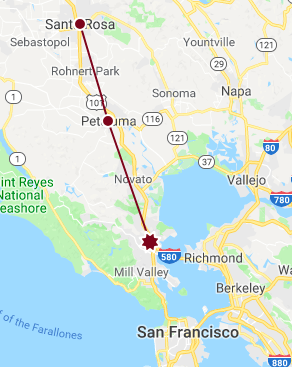 “Ask if the haunted room is available,” Rich said as we approached the front desk at Hotel La Rose in Santa Rosa, CA. “Seriously?” As a rational, modern woman, I do not, of course, believe in ghosts. But as a fourth-generation Californian, I was raised to respect vibes, and it seemed to me any room in which an entire family had been killed, even 90 years ago, would have very bad vibrations indeed. On the other hand, I try never to wimp out on adventures. “Can you give us Room 42?” I asked. The clerk checked and shook his head. “Occupied.” Whew! Rich and I were on what we’d dubbed “Our Whistle-Stop Tour of Diners and Ghost Haunts.” Having recently enjoyed old-school diners in New York, I was curious to see how their California counterparts compared. We’d discovered some gems along the route of the region’s new SMART train and felt that a day spent riding the rails followed by a night in a haunted hotel would add up to a fairly zippy excursion. Obviously we’d need to be fast on our feet to fit it all in, and we quickly decided to take no luggage whatsoever. We’d done this once before, in 2015, when I finally agreed to go along with Rich’s lunatic desire to travel with nothing but a few essentials in our pockets and fast-drying clothes we could launder every night. We loved the freedom and vowed to repeat the experiment. And this week, we did. We hopped a local bus to San Rafael, where the SMART train starts, but before boarding we headed to Lundy’s, a diner we’d walked past a hundred times without a glance. What a hidden gem! The homestyle potatoes were so outstanding I asked how they were made. The secret, the chef confided, is boiling the potatoes first, to soften but not cook them completely. Then you fry them on the grill with onions and bell peppers. “I’ve tried it at home,” a waitress told me. “It’s good, but it’s not the same.” Diner lore says old grills, seasoned by decades of use, impart a special flavor no home kitchen can match. After breakfast, the SMART Train whisked us to Petaluma, where we spent a pleasant morning strolling around the downtown shops and parks. When we felt we’d worked off enough of the potatoes, we hiked a mile outside of town to another diner we’d often passed but never visited: Mr. Mom’s. Perched at the counter, I skimmed the enormous menu hoping to find something on the lighter side. “How’s the veggie burger?” I asked the waitress with the tattoos, tunnel earrings, and friendly smile. “Terrific,” she said. “I have it a lot. Another way we serve it is in the Dan salad. It’s not on the menu. We made it up in honor of Dan, our bookkeeper, who passed away.” She brought me a platter heaped with lettuce, avocado, hard-boiled egg, tomato, and crispy brown strips. “We like to deep fat fry our veggie burgers,” she said. “Gives ‘em some texture.” And nicely offsets any pretense of being healthy, low-fat cuisine. We’d arrived at 1:30, just half an hour before closing, and while bustling around cleaning and prepping for the next day, everyone made a point of chatting with us. The owner, Midge, stood pouring fresh, hot coffee into huge plastic jugs without spilling a drop, all the while reminiscing about starting the place back in 1986 with her husband. She said he loves working with youngsters — their own kids, various nephews, and staff. As he wrote on the menu, “My name is Tom! I am Mr. Mom!” I asked if we could take a few pictures; Midge immediately stuck her head into the kitchen and summoned the entire crew. We left on a high tide of good will, promising to send copies of the photos and return soon. Another short train ride brought us to our last stop, Santa Rosa. Just a few steps from the station stood the Hotel La Rosa, built in 1907 and considered by some to be #6 on the list of California's most haunted hotels. Having done considerable online research, I can report that the rumors about spectral hauntings at the La Rose are vague, unsubstantiated, and almost certainly unreliable. Nobody at the hotel could produce so much as an eerie feeling in all the years they’d worked there, much less a sighting of the ghost boy who supposedly rides the elevator at night, or the woman who allegedly passes through doors. It was deeply disappointing. Things looked up when we wandered into Disguise the Limit, a costume shop around the corner. “This building is haunted,” the owner, Iliana, told us. “It used to be a tavern back in the day. No doubt some rough stuff went on here. Every once in a while I feel a breeze on my back where there shouldn’t be one; it makes the hair on the back of my neck stand up. Others report similar sensations. But the spirits seem friendly enough, so we don’t pay them much attention.” And of course, they’re good for business. En route home the next day, we stopped into Flying Goat Coffee across from the railway station. The atmosphere was relentlessly modern, the staff utterly uninterested in us. “So has business picked up since the train station opened?” I asked the world-weary young woman preparing my cappuccino. “Nah.” Full stop. And this is why diners will always have a place in the American landscape. When you go there people talk to you. They share recipes, tell you stories, listen to yours, and remind you that you are not alone, invisible, or irrelevant. You get all that and homestyle potatoes. Who could ask for more? Have you been to any great diners? Haunted houses? Railways? Tell me all in the comments below. Returning to your home country after a long absence is rarely easy. Occasionally you glide seamlessly back into place, but more often you hit the ground in a series of bumps and skids, small moments of culture shock and disorientation that leave you breathless and wondering how much you really know about your nation or yourself. Take for example my recent shocker in New York City. It happened, of course, in a dive bar. Rich and I ducked into Johnny’s one sweltering day around noon, near the end of a long walk to meet friends for lunch in the East Village. We’d visited Johnny’s once before, and at the moment all we wanted was a cool place to sit for a few minutes to recombobulate. I ordered a Coke and Rich asked for iced tap water. The woman behind the bar gave us a long, slow, “you miserable cheapskates” look. “Yeah, OK,” she snarled and stomped away. So far so good; this was the classic New York attitude I remembered from visits in the eighties. I wondered idly whether they taught them this stuff, or just hired people with natural aptitude. She delivered our drinks in grim silence and disappeared to the other end of the bar. Five minutes later she was back and — brace yourself, here it comes — she said, “I am so sorry. I was terrible to you two. You didn’t deserve that. Someone yelled at me earlier and I took it out on you. I want to apologize.” I almost fell off my barstool. When was the last time a bartender apologized for too much attitude — in NYC or anywhere? We proceeded to have a lovely conversation and were soon on a first-name basis. When Amy learned we’d arranged to meet a friend there the next evening, she said, “The first round’s on me.” “Did that just happen?” I asked Rich the moment we left the bar. “Obviously this must be a different New York than the one we remember.” And that’s my point. Returning to our home country, we tend to see every encounter and variation in the landscape as a commentary on ourselves and the changes we’ve missed by being away. As I have often observed, America is something you have to stay in practice for, and I don’t want to lose my touch. That’s why Rich and I keep a cottage in a small town north of San Francisco. We escape the crushing heat of Seville’s summers, spend time with family and friends, take care of any financial affairs in need of attention, and make the rounds of doctors and dentists. More importantly, we reconnect with our native culture. Arriving back after many months overseas, we feel a bit like strangers in a strange land. Jokes and cultural references go completely over our heads. For instance, are we the last people in America to know that rappers Cardi B and Offset named their baby Kulture Kiari Cephus (the poor kid)? Does everyone but us know what “gochujang is the new sriracha” means? Will we all soon own online size-measuring shopping suits? It always takes us a while to catch up with what’s trending. But to recombobulate emotionally, Rich and I rely on three simple rituals. #1. Walk the neighborhood. As soon as we arrive in San Anselmo, we take a long stroll around the neighborhood to see what stores have opened and closed, make sure our favorite coffee house is still there, and say hi to the statues of Yoda and Indiana Jones donated (along with an entire park) by our town’s most famous resident, filmmaker George Lucas. 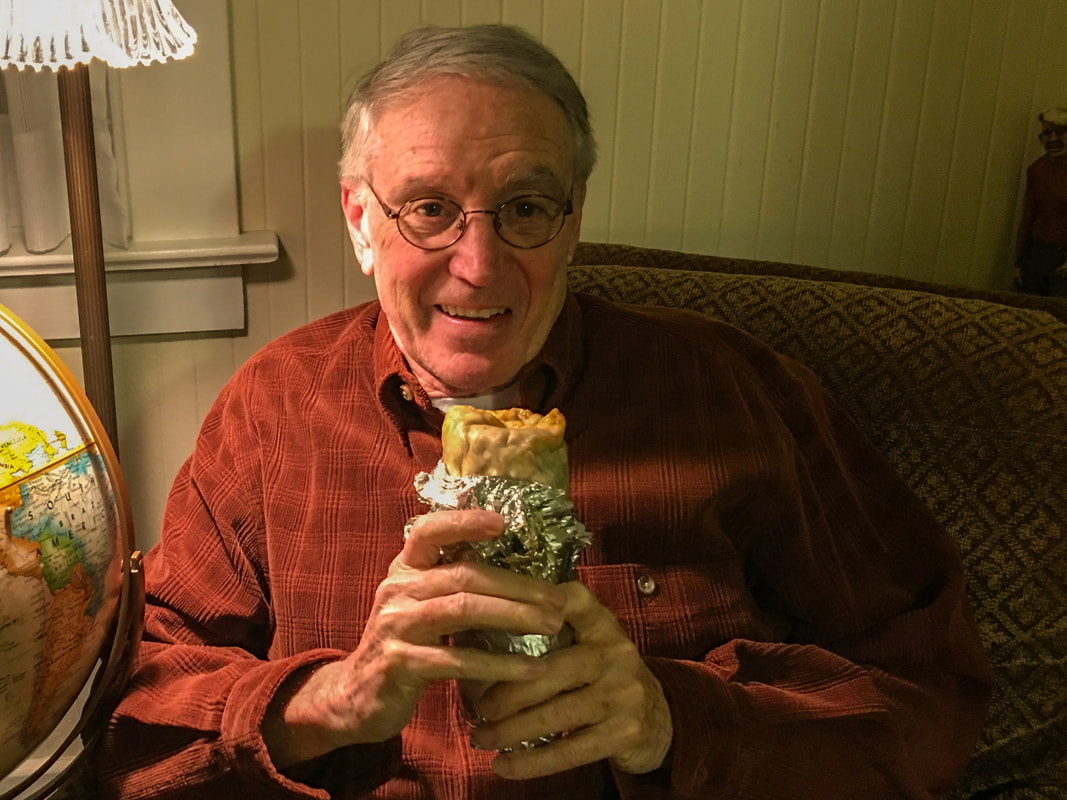 "Mmmmmmmmm!!!!" says Rich. "Mmmmmmmmm!!!!" says Rich. #2. Indulge in a favorite meal. Seville has enjoyed a foodie revolution in recent years, but it still doesn’t have a decent taqueria, so we always make a beeline to our favorite Mexican eatery. Their hearty burritos have become our definition of heaven and the true taste of America. #3. Explore someplace new nearby. One of the joys of travel is the way it encourages an open mind and sense of adventure — not only on the road, but when we’re back in familiar territory. Every time I return to my home state, I discover something wonderfully quirky: goofy roadside attractions, the former egg capital of the world, a haunted motel. According to online accounts (obviously a totally reliable source) California is positively brimming with ghosts, yet incredibly, I’ve never had a single sighting. But there’s always hope. Which brings me to our upcoming road trip. Our whistle-stop tour of Northern California’s dive bars and diners Being train buffs, Rich and I have decided to use Northern California’s new railway as a hop-on-hop-off vehicle to check out various diners in towns along the route, ending our journey in Santa Rosa, exploring the city's dive bars. You can imagine my delight when I discovered that the most convenient place to stay overnight, an old hotel directly across from Santa Rosa’s railway station, is rated #6 on CA’s Most Haunted Hotels list. Yes, of course we’ve booked a room there. Will we see the ghost child who (allegedly) rides up and down in the hotel’s elevator around midnight? Tune in next week to find out. And by the way, yes! It’s great to be back. Do you have any tips or tricks for recombobulating after a long trip? Let me know in the comments below! 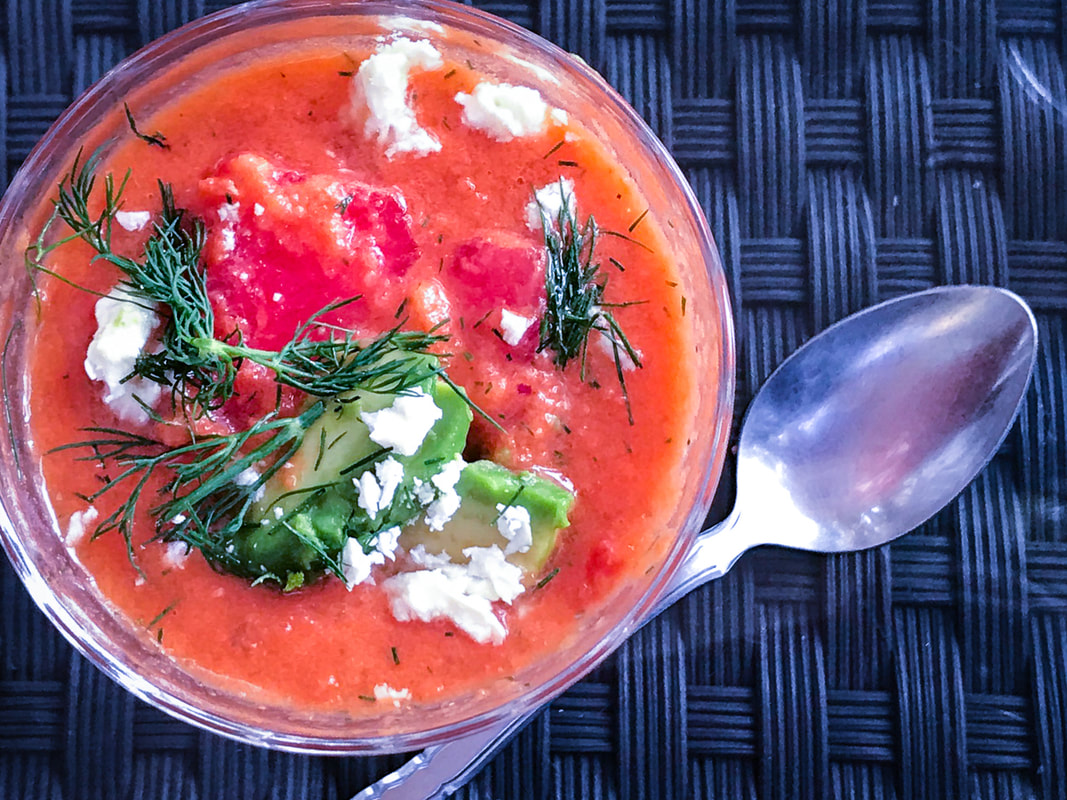 A bowl of the watermelon gazpacho Rich and I prepared at our family reunion this week. A bowl of the watermelon gazpacho Rich and I prepared at our family reunion this week. The last time I chopped up a watermelon in haste for a company meal, the area around my cutting board looked like a crime scene requiring forensic attention from the blood spatter pattern analysis team on the TV show Dexter. All that was missing was the chalk outline of a body. So I was a little hesitant to attempt a new watermelon-based recipe in the chaos of my sisters’ rented cabin during this week’s family reunion. But having been served watermelon gazpacho at a friend’s home just days before, I couldn’t resist trying her mouthwatering recipe on such a wide selection of taste testers. In a moment of happy inspiration, I recruited Rich to do the actual chopping, as he is far neater at such tasks than I am, so the carnage was kept to a minimum. With all the pandemonium and crowding and three dogs running about underfoot, I never did manage to shoot a video of the process, but here’s one I found on YouTube that will give you a general idea how the dish is made. The result is a cold summer soup that’s sweet yet spicy, smooth yet chunky, a dizzying mix of flavors and textures. On top of everything else, it’s red, which places it in the category of foods Americans like to serve each other during Fourth of July week. Over the years it has become fashionable to express patriotism by coming up with ever-more-elaborate ways to create party foods with the colors and/or design of our national flag. Of course, actual American flags are flying everywhere this week, and just about every town has some form of a parade, either on Independence Day itself or the following Saturday. The one Rich and I attended this week in the small town of Larkspur, California was typically funky yet over-the-top.  America's founders adopted the Latin motto "e pluribus unum" in 1776. It has appeared on US coins since 1795. America's founders adopted the Latin motto "e pluribus unum" in 1776. It has appeared on US coins since 1795. Living in Spain most of the year, I get a lot of questions about my country and culture, and coming up with answers isn’t always easy. I’m particularly stumped when the subject is food. Europeans always want to know what constitutes true American cuisine, and I can never figure out what to tell them. Hamburgers and hot dogs? They both originated in Germany. Pizza? Italian. Apple pie? English. Our Southern fried chicken recipe appeared in a fourth century Roman cookbook and was a Scottish family favorite long before our country was founded. What’s actually native to our nation? Turkeys, sunflowers, and sumpweed. I’m not sure even the Food Network’s top chefs could parlay that combo into anything to write home about. So I’ve decided to nominate watermelon gazpacho as our national dish. I know what you’re thinking: watermelon isn’t native to the Americas, it comes from Africa. Right you are! And while tomatoes are native to our hemisphere, their original home was far south of the border in the Andes mountains. Cucumbers hail from South Asia. Feta cheese is Greek. The recipe for gazpacho was invented in Seville, Spain, and while no one’s quite sure who first made melons into soup, most likely it was the ancient Chinese. Somehow it all works together — the embodiment of our national motto, e pluribus unum (out of many, one). Like chopping watermelon, Democracy is a messy business, and you’ll never get large groups of people to agree on any important question, from the ideal role of government to whether you should add diced avocado to the toppings on the soup (I vote yes, but hey, I add avocado to just about everything). I’m not saying that watermelon gazpacho can unite our troubled nation, but it did put a bit more union in my family reunion this week, and that’s a start. Get the recipe How to cut up a watermelon in 21 seconds What foods are you inspired to make at the holidays? Do you have a nominee for America's national dish? |
This blog is a promotion-free zone.
As my regular readers know, I never get free or discounted goods or services for mentioning anything on this blog (or anywhere else). I only write about things I find interesting and/or useful. I'm an American travel writer living in California and Seville, Spain. I travel the world seeking eccentric people, quirky places, and outrageously delicious food so I can have the fun of writing about them here.
My current project is OUT TO LUNCH IN SAN FRANCISCO. Don't miss out! SIGN UP HERE to be notified when I publish new posts. Planning a trip?
Use the search box below to find out about other places I've written about. Winner of the 2023 Firebird Book Award for Travel
#1 Amazon Bestseller in Tourist Destinations, Travel Tips, Gastronomy Essays, and Senior Travel
BLOG ARCHIVES
July 2024
CATEGORIES
All
|

